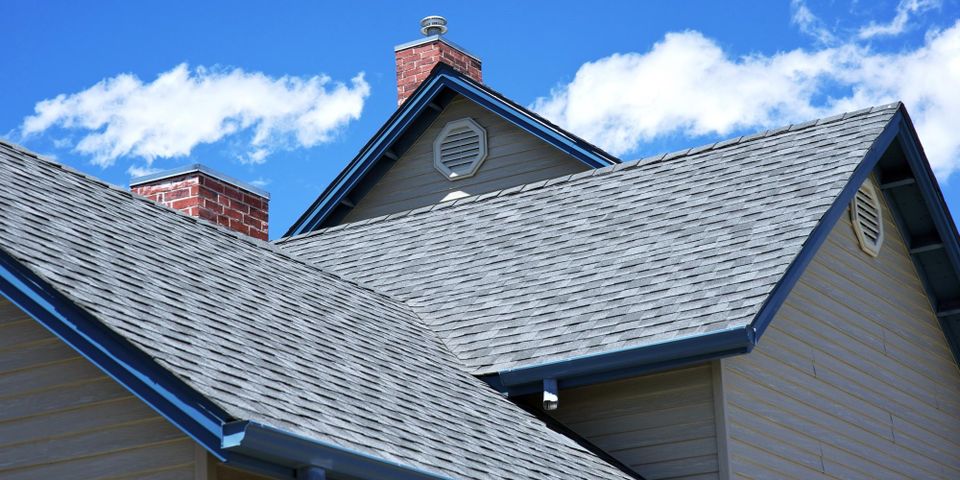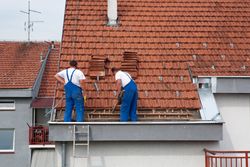
Your roofing is a critical component of your property, offering protection against the elements for you and your belongings. While there are many styles to choose from, the anatomy of a roof is similar across the board. Use this breakdown to understand how your roof is put together.
What Are the Main Components of a Roof?
1. Decking
The deck is the base nailed to the rafters or frame of your house. It’s usually made of plywood, oriented strand board (OSB), or engineered flakeboard, but it can also be constructed from concrete or metal. The decking is the foundation upon which all the other roofing components are built.
2. Underlayment
The underlayment is situated between the decking and the roofing material. Usually made of foam, felt, or rubber, it offers an extra layer of protection in case the shingles become damaged or compromised. The underlayment also provides a temporary barrier against moisture, especially if you are mid roof replacement.
3. Shingles, Tiles, & Shakes
 These materials serve both as an outer layer that protects your home and as a visually attractive covering. Items used can include anything from asphalt shingles and wooden shakes to metal slates and clay tiles.
These materials serve both as an outer layer that protects your home and as a visually attractive covering. Items used can include anything from asphalt shingles and wooden shakes to metal slates and clay tiles.
Each material provides its benefits and downsides. Where asphalt is an affordable, easy-to-maintain option, it doesn’t always fare well in extreme temperatures. Metal roofing is long-lasting, but if not properly insulated and ventilated, it can “sweat,” building up condensation.
4. Fascia
This component is attached to the roof’s edge and sits horizontally along the rafters. The fascia is vital for supporting your gutters and is effective at keeping moisture away from the structural elements. If your gutters are backed up, the fascia can become water damaged from excess moisture.
5. Soffit
You can find the soffit under the fascia. It hangs over the roofline and features vents to stop moisture from accumulating in the attic or crawlspace underneath the roof. Soffits can also keep pests and critters from infesting your space. However, without regular inspections and maintenance, they’re susceptible to cracking and rot.
6. Flashing
Usually made from aluminum or galvanized steel, flashing is set at the roof’s joints, especially around vents, dormer windows, bases of chimneys, and edges of skylights. Flashing acts as a barrier to prevent water from seeping into the intersecting areas. Check them regularly to keep them tight to your roof. Loose flashing can create leaks that may cause water damage to your ceilings and walls.
Kannapolis and Concord, NC, residents trust the roofing contractors at Seaford Roofing for their roof installation and repair needs. For more than 50 years, this roofing company has offered quality work for metal roofing and other top materials, including EPDM, tear-offs, and rubber roofing. Call (704) 938-4542 to make an appointment and ask about their guarantee.
About the Business
Have a question? Ask the experts!
Send your question

